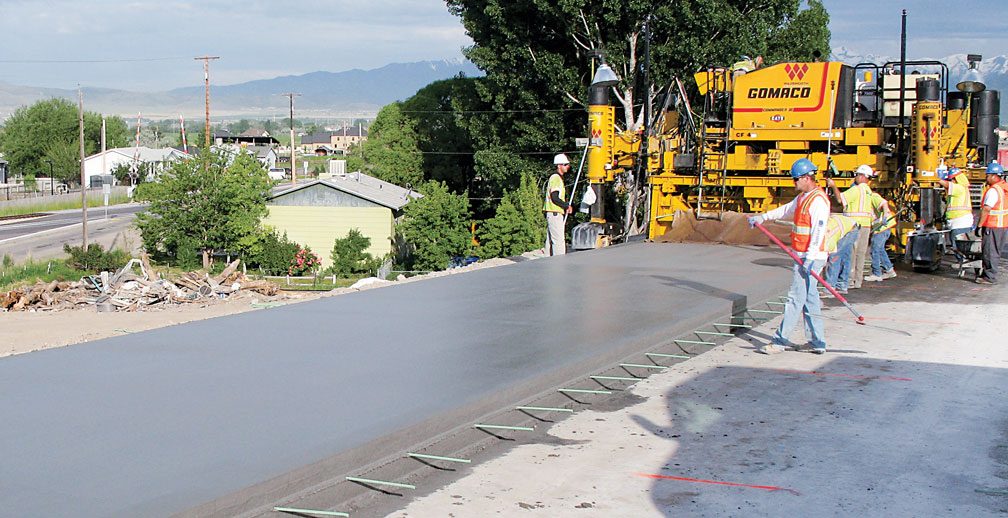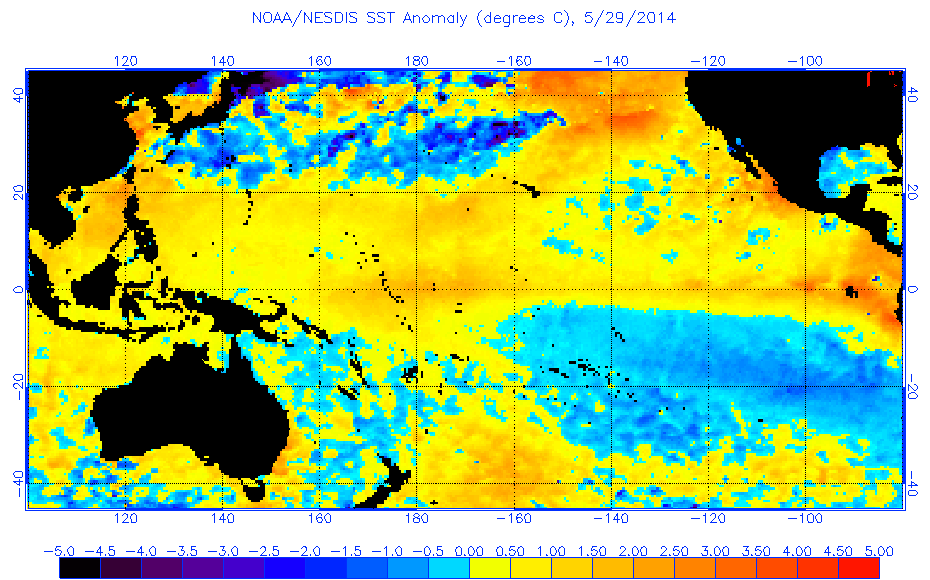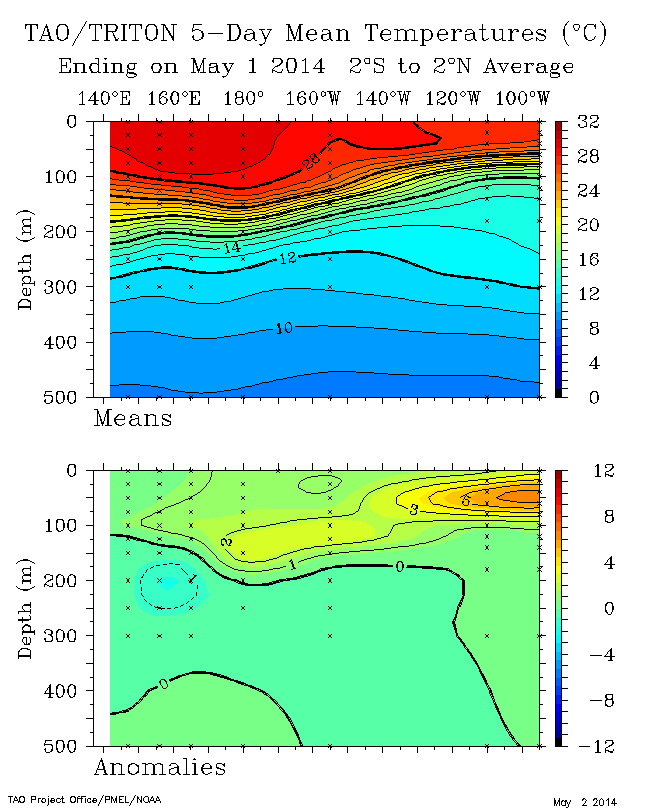Negril beach, Westmoreland. Source of image: koolandgang
Over the past year, there have been widespread discussion on plans to build a breakwater to protect the shoreline at the tourism dependent Negril, Westmoreland. Hoteliers, residents and environmental groups have been generally against the building of breakwaters, which is expected to be implemented by the National Works Agency (NWA), under the watch of the National Environment and Planning Agency (NEPA). The method that is preferred by the aforementioned stakeholders is Beach nourishment. The argument is that a breakwater would not be aesthetically pleasing, and could result in major economic losses. Let's take a look at what's planned, and the possible alternative.
Breakwater
Breakwaters are considered to be hard structures. Quoting the marine engineering section of the Britannica " a break water is an artificial structure protecting a harbour, anchorage, or marina basin from water waves."
The primary aim of a breakwater is to absorb wave energy and protect a shoreline from erosion. We know from Physics, that energy cannot be created or destroyed. Energy transitions to a different form, or energy transfer between two bodies. We can see the latter while floating in the ocean, waves pass by an individual, but we remain in the same position. Essentially, the water is not moving, but energy is being transferred between water molecules.
I mentioned the above to suggest that a breakwater is best suited for a region with high wave energy. Plus, the breakwater method is relatively inexpensive when compared to beach nourishment.
On the downside, if a fixed breakwater is built, It's considered to be aesthetically displeasing. Construction time is often lengthy, leading to economic losses. Plus, a rock can be displaced during a storm surge.
Beach Nourishment is generally a preferred option to mitigating beach erosion, this because It's easily implemented. Plus, It is said to be aesthetically pleasing, and allows for natural beach accretion. Additionally, studies have shown that erosion is somewhat slowed during storm activity, if beach nourishment is done properly.
On the downside, beach nourishment is expensive. Marine animals on the beach can be killed, and beach nourishment has to be continuous. In other words, It may not be sustainable, especially if funds are limited.
The primary aim of a breakwater is to absorb wave energy and protect a shoreline from erosion. We know from Physics, that energy cannot be created or destroyed. Energy transitions to a different form, or energy transfer between two bodies. We can see the latter while floating in the ocean, waves pass by an individual, but we remain in the same position. Essentially, the water is not moving, but energy is being transferred between water molecules.
I mentioned the above to suggest that a breakwater is best suited for a region with high wave energy. Plus, the breakwater method is relatively inexpensive when compared to beach nourishment.
On the downside, if a fixed breakwater is built, It's considered to be aesthetically displeasing. Construction time is often lengthy, leading to economic losses. Plus, a rock can be displaced during a storm surge.
Beach Nourishment
To understand what's beach nourishment, I'll share a quote by Sea Grant California "Beach Nourishment, or beach replenishment, is the practice of adding sand or sediment to beaches to combat erosion and increase beach width."
On the downside, beach nourishment is expensive. Marine animals on the beach can be killed, and beach nourishment has to be continuous. In other words, It may not be sustainable, especially if funds are limited.
Conclusion
It's imperative that a solution is found to the ongoing erosion, as failure to find a solution will result in major economic losses to Negril and the entire Jamaica. My view is that, beach nourishment can augment the benefits of a breakwater, instead of having a single method. But let's see what pans out in the coming months, seeing that the breakwater plan was recently approved.














